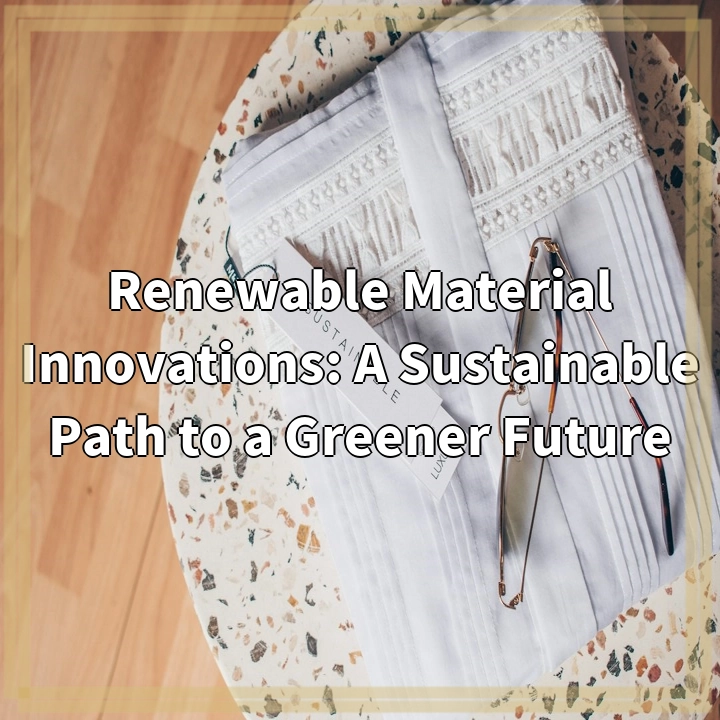
What are Renewable Material Innovations?
Renewable material innovations are sustainable alternatives to traditional materials that are derived from non-renewable resources, such as fossil fuels and minerals. These innovations utilize natural resources that can be replenished over time, ensuring a continuous supply without depleting or harming the environment.
Real-World Problems Associated with Renewable Material Innovations
1. Limited Awareness and Adoption
While renewable material innovations hold great potential for a greener future, one significant challenge is the limited awareness and adoption of these alternatives. Many industries and consumers are still unaware of the benefits and availability of renewable materials, resulting in a slow transition away from traditional non-renewable resources.
2. High Production Costs
Another obstacle faced by renewable material innovations is the high production costs. Developing and implementing sustainable alternatives often require advanced technologies and specialized facilities, driving up the initial investment. This can deter companies from adopting renewable materials, especially in industries with tight profit margins.
3. Performance Limitations
Some renewable materials also face performance limitations compared to traditional materials. For example, while bio-based plastics have gained popularity, they may lack the same level of durability or resistance to heat and chemicals as their petroleum-based counterparts. This can limit their applicability in certain industries and hinder widespread adoption.
4. Scaling Up Production
As demand for renewable material alternatives increases, scaling up production to meet market needs becomes a significant challenge. Developing large-scale production facilities requires substantial investment and may require overcoming regulatory hurdles. Insufficient production capacity can lead to supply chain limitations and hinder the widespread adoption of renewable materials.
5. Recycling and End-of-Life Considerations
Recycling and proper disposal of renewable materials also pose real-world challenges. Some renewable materials have specific recycling processes that are different from traditional materials, requiring separate collection systems and infrastructure. Without proper end-of-life considerations, these materials may end up in landfills or contribute to environmental pollution.

Potential Solutions for Renewable Material Innovation Challenges
1. Increasing Awareness and Education
Raising awareness about the benefits of renewable materials is crucial to drive their adoption. Educating industries, consumers, and policymakers about the environmental advantages and long-term sustainability of these materials can help facilitate a shift towards more sustainable alternatives.
2. Research and Development Investment
Investing in research and development is essential to address the high production costs and performance limitations of renewable materials. Funding and supporting innovation in this field can enable the development of cost-effective and high-performance alternatives, making them more accessible and attractive to industries.
3. Collaboration and Knowledge Sharing
Encouraging collaboration between industries, researchers, and policymakers can help overcome the challenges associated with scaling up production and implementation. Sharing knowledge, best practices, and success stories can accelerate the adoption of renewable materials and foster a supportive ecosystem for sustainable innovation.
4. Infrastructure Development and Circular Economy Approach
Investing in the development of recycling infrastructure and promoting a circular economy approach can address the end-of-life considerations for renewable materials. Implementing proper waste management systems and incentivizing recycling can ensure that these materials are effectively reused or disposed of in an environmentally friendly manner.
5. Government Support and Policy Frameworks
Government support and the establishment of policy frameworks can create favorable conditions for the widespread adoption of renewable material innovations. By incentivizing sustainable practices, providing funding opportunities, and setting clear regulations, governments can drive market demand and pave the way for a greener future.















